The arrival of spring brings with it a symphony of chirping, buzzing, and the gentle flutter of wings as birds seek out ideal locations to build their nests and raise their young. Your yard, with its trees, shrubs, and perhaps bird-friendly amenities, might become home to these fascinating creatures during nesting season. Identifying nesting birds in your yard can be an exciting and rewarding experience, allowing you to observe the miracle of avian life cycles up close. This article will guide you through the telltale signs that birds have chosen your outdoor space as their nursery, helping you become more attuned to the natural world right outside your door.
Increased Bird Activity and Singing
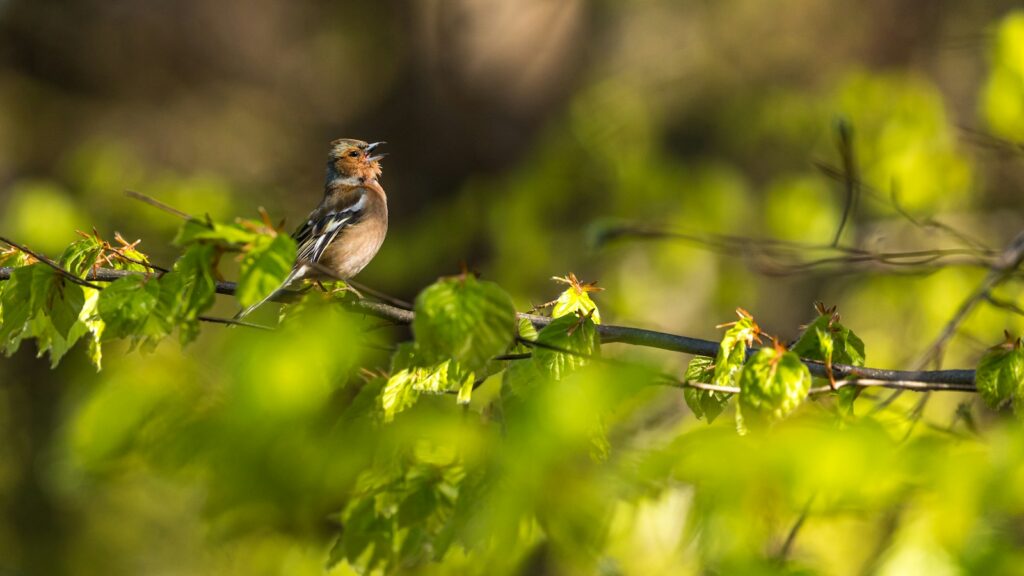
One of the first indicators that birds may be preparing to nest in your yard is a noticeable increase in bird activity and vocalization. Male birds become particularly vocal during mating season, singing to establish territory and attract potential mates. You might observe the same birds repeatedly visiting specific areas of your yard, especially during early morning hours when bird activity typically peaks. This territorial behavior often intensifies as nesting season progresses, with birds becoming more defensive of their chosen spaces. If you notice certain birds consistently returning to the same spots in your yard day after day, there’s a good chance they’re considering that location for nesting.
Birds Carrying Nesting Materials
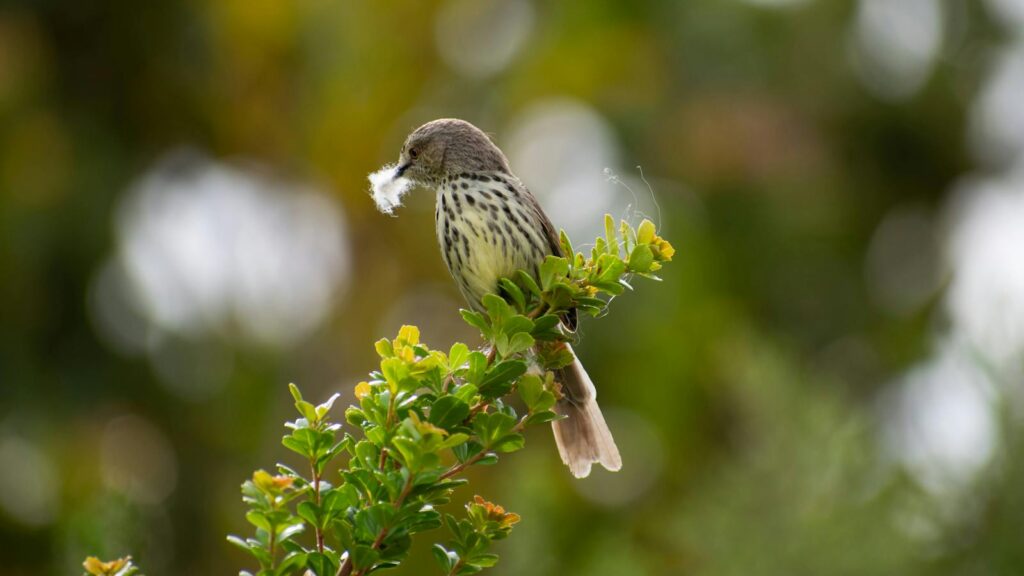
Perhaps the most obvious sign that birds are building a nest in your yard is catching them in the act of gathering and transporting nesting materials. Birds are resourceful architects, collecting an impressive variety of materials to construct their homes. You might spot birds carrying twigs, grass, moss, feathers, pet fur, string, or even human hair to a specific location. Different species have different preferences – robins often use mud and grass, while hummingbirds might collect spider silk and plant down. This material-gathering activity typically occurs most frequently in the early morning and late afternoon. If you observe birds making repeated trips with materials in their beaks, you can be fairly certain they’re in the process of nest building somewhere nearby.
Regular Visits to Specific Locations
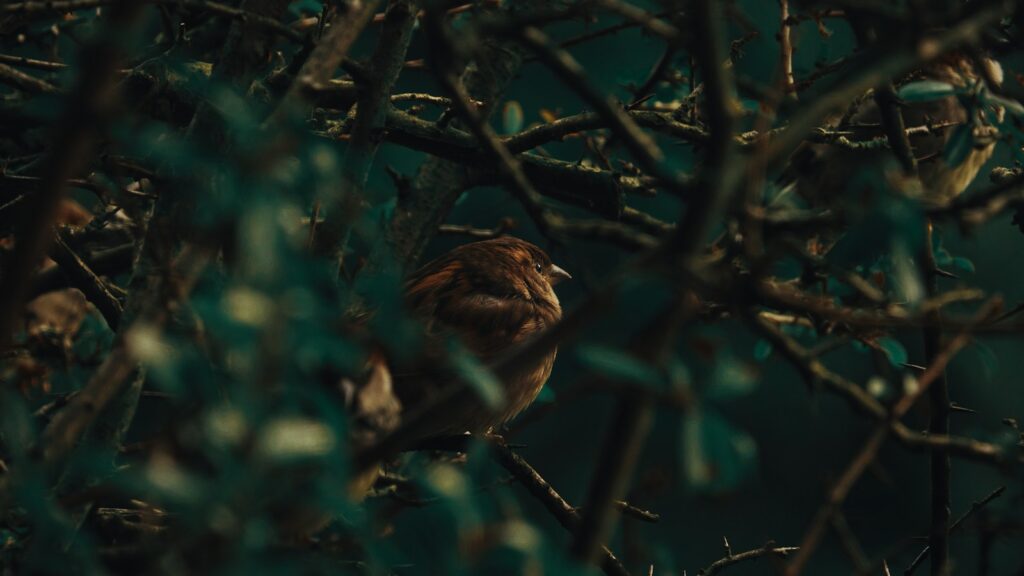
Birds that have established a nest or are in the process of building one will make frequent trips to and from the same location. This pattern of visitation becomes especially noticeable once eggs have been laid and the parents are taking turns incubating them or feeding newly hatched chicks. You might observe a bird disappearing into a dense shrub, tree cavity, or other hidden spot repeatedly throughout the day. These visits will follow a consistent pattern, with birds entering with food and leaving without it once chicks have hatched. The frequency of these feeding visits can be quite remarkable, with some species making hundreds of trips per day during peak feeding periods. Carefully observing these patterns can help you pinpoint the exact nesting location without needing to disturb the nest directly.
Defensive or Territorial Behavior

Birds become notably more protective and territorial when they have a nest to defend. If you notice birds displaying aggressive behavior toward other birds, animals, or even humans who venture too close to a particular area, it’s likely they’re protecting a nest. This defensive behavior might include dive-bombing, loud alarm calls, or distraction displays designed to lure potential threats away from the nest site. Some species, like mockingbirds and blue jays, are particularly known for their bold defense of nesting territories. Red-winged blackbirds might swoop down at passersby who venture too close to their nesting areas. This protective behavior typically intensifies once eggs or nestlings are present, as the parents’ investment in their offspring grows.
Visual Confirmation of Nests
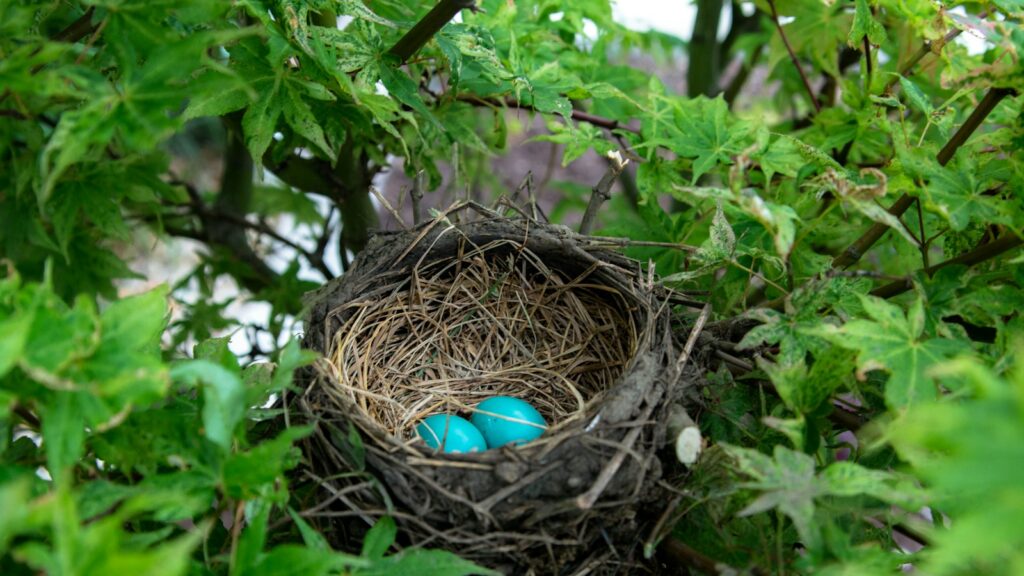
Sometimes the most straightforward evidence of nesting is simply spotting the nest itself, though this isn’t always easy or advisable to seek out. Different bird species build distinctive types of nests in various locations – cup nests in tree branches, cavity nests in holes, platform nests on ledges, or pendant nests hanging from branches. Before leaves fully emerge in spring, nests in deciduous trees may be more visible. You might also spot nests in surprising locations like porch lights, hanging baskets, or dense shrubs. It’s important to observe any nests you discover from a respectful distance using binoculars rather than approaching closely, as disturbing nesting birds can cause them to abandon their eggs or young. Some nests, particularly those of ground-nesting birds, are intentionally well-camouflaged and difficult to spot.
Bird Droppings Concentrated in One Area
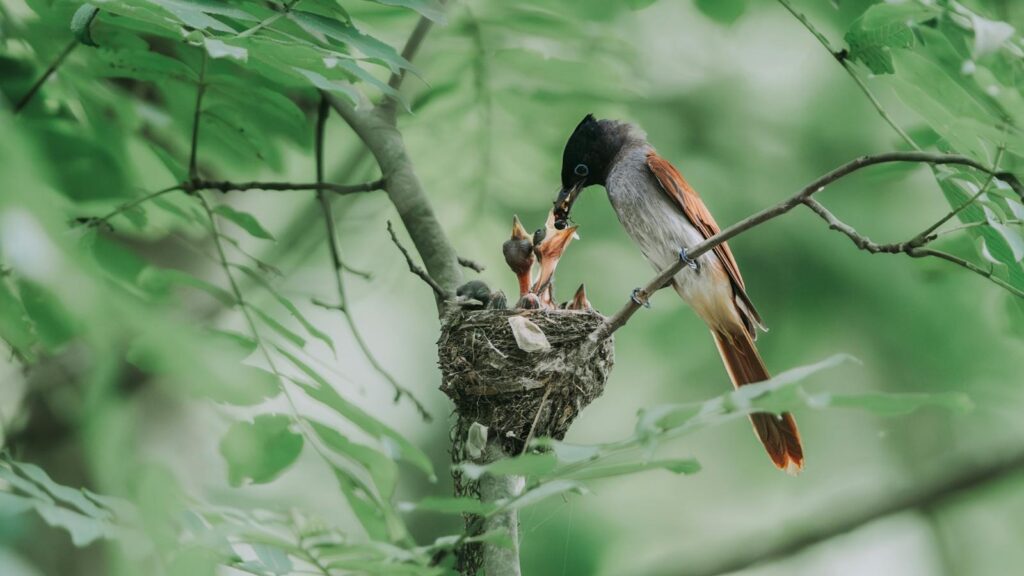
An accumulation of bird droppings in a specific area can indicate the presence of a nest overhead or nearby. When birds are tending to eggs or nestlings, they typically remain close to the nest, resulting in a concentration of droppings in that vicinity. This pattern becomes especially noticeable once the chicks have hatched and both parents are making frequent feeding visits. The droppings from nestlings will also accumulate directly below the nest as the parents remove waste to keep the nest clean. This whitewash effect is particularly visible beneath nests built on structures like bridges, eaves, or ledges. While perhaps not the most glamorous sign of nesting activity, this concentration of droppings can be a reliable indicator of nest location.
Eggshell Fragments on the Ground
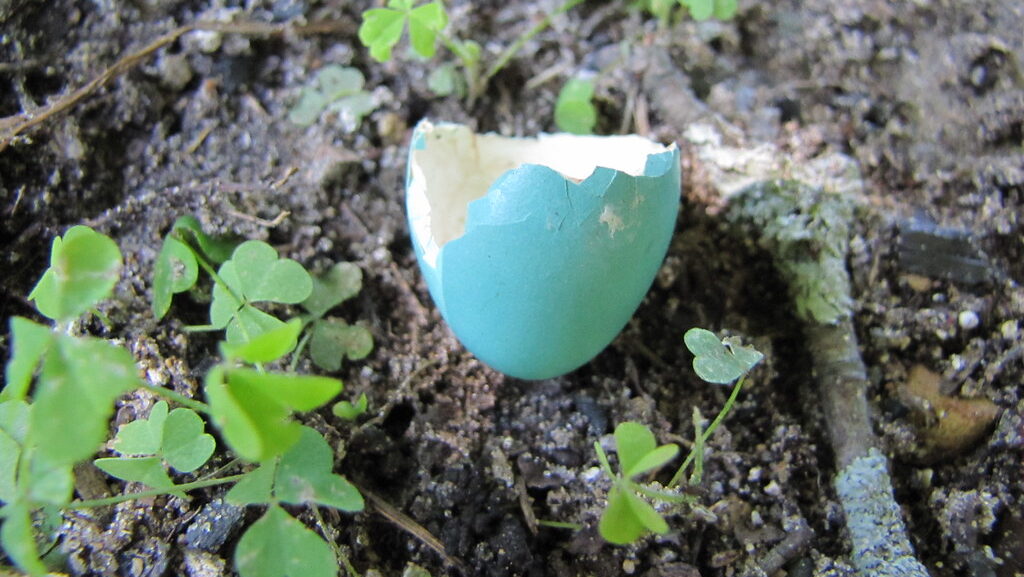
Finding pieces of eggshells on the ground is a clear indication that birds have successfully hatched young somewhere nearby. After chicks hatch, parent birds typically remove the broken eggshells from the nest, dropping them some distance away to avoid attracting predators to the nest location. These fragments are often a distinctive pale blue or speckled pattern, depending on the species. The presence of these shells is a sure sign that a nest with newly hatched chicks is somewhere in the vicinity. The timing of finding eggshells can also help you determine how far along the nesting cycle is progressing. Fresh, recently broken shells indicate that hatching has occurred very recently, while weathered shell fragments suggest the nest has been active for some time.
Juvenile Birds Making Noise

As baby birds grow, they become increasingly vocal, particularly when their parents return to the nest with food. These hungry calls can often lead you to discover a nest you hadn’t previously noticed. The begging calls of nestlings tend to be high-pitched, persistent, and grow louder as the chicks develop and require more food. These vocalizations typically intensify when parent birds approach the nest, creating a sudden chorus of hungry demands. Different species have distinctive begging calls, though most share the quality of being surprisingly loud for the size of the birds making them. This adaptive trait ensures parents can locate their nest and respond to their offspring’s needs, though it unfortunately can also attract the attention of predators.
Parents Carrying Food
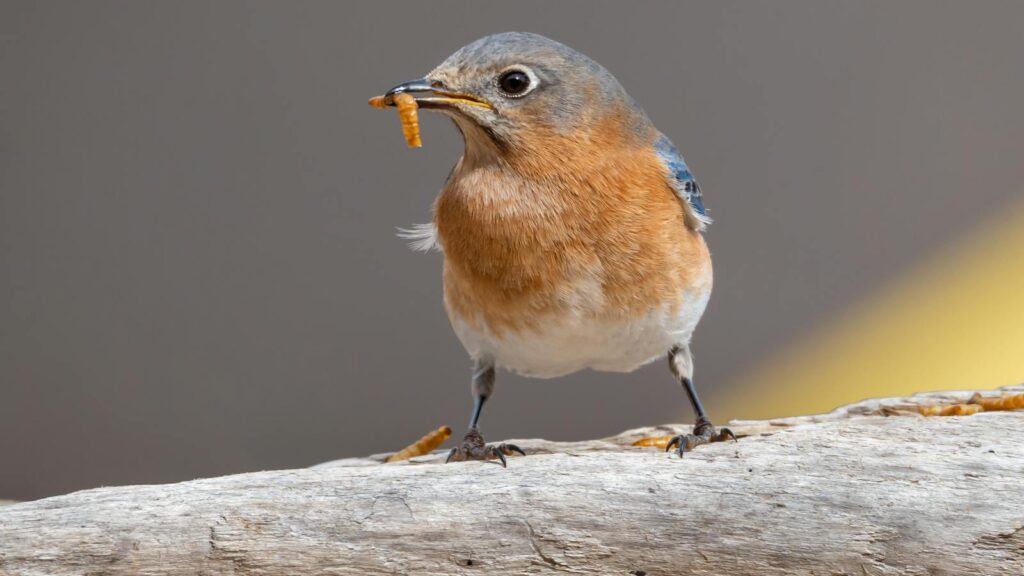
Once eggs have hatched, parent birds will make countless trips gathering food for their hungry nestlings. Observing birds with insects, worms, or seeds in their beaks is a strong indication they have mouths to feed at a nearby nest. These feeding visits follow a distinctive pattern – the adult arrives with food, disappears briefly into the nesting location, and then emerges without the food before flying off to gather more. The frequency of these feeding trips can be remarkable, with some species making hundreds of visits per day to satisfy their growing offspring. Different bird species bring different types of food – insect-eating birds might return with caterpillars or beetles, while seed-eaters might bring partially digested seeds. This intensive feeding period typically lasts for several weeks until the young birds are ready to fledge.
Fledglings Learning to Fly
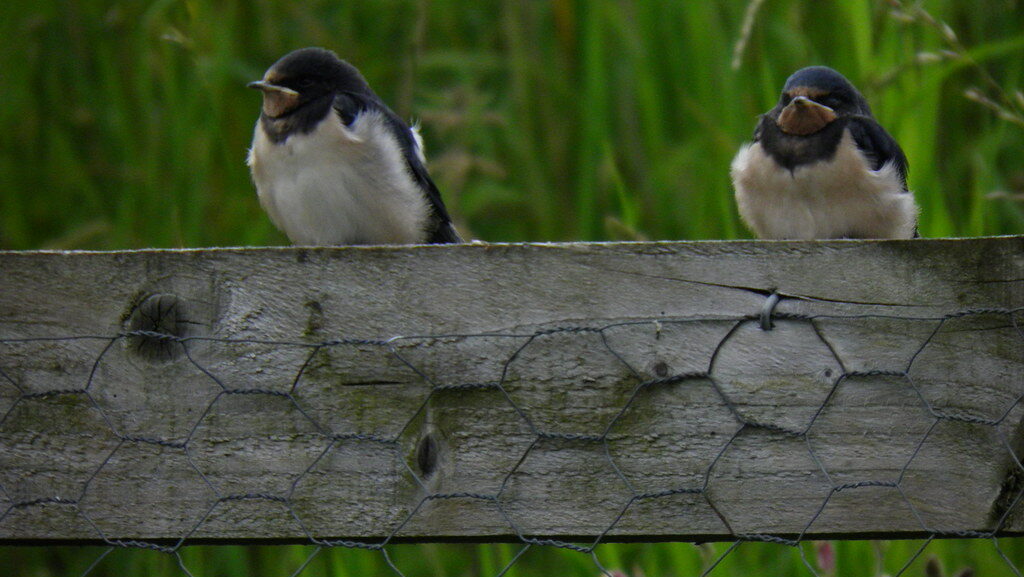
The presence of awkward, fluffy juvenile birds attempting their first flights is a clear sign that a successful nest has been established in your yard. These fledglings often perch on branches near their nest, making short, clumsy flight attempts while their watchful parents continue to feed them. Young birds at this stage have distinctive appearances – often fluffier than adults, with shorter tails, and sometimes different coloration or markings. They may appear to be abandoned or in distress as they spend time on the ground, but the parents are typically nearby keeping watch. This fledgling period is a vulnerable but crucial stage in bird development, as the young birds gain strength and flight skills before becoming fully independent. Observing this process is one of the most rewarding aspects of having nesting birds in your yard.
Seasonal Timing and Patterns
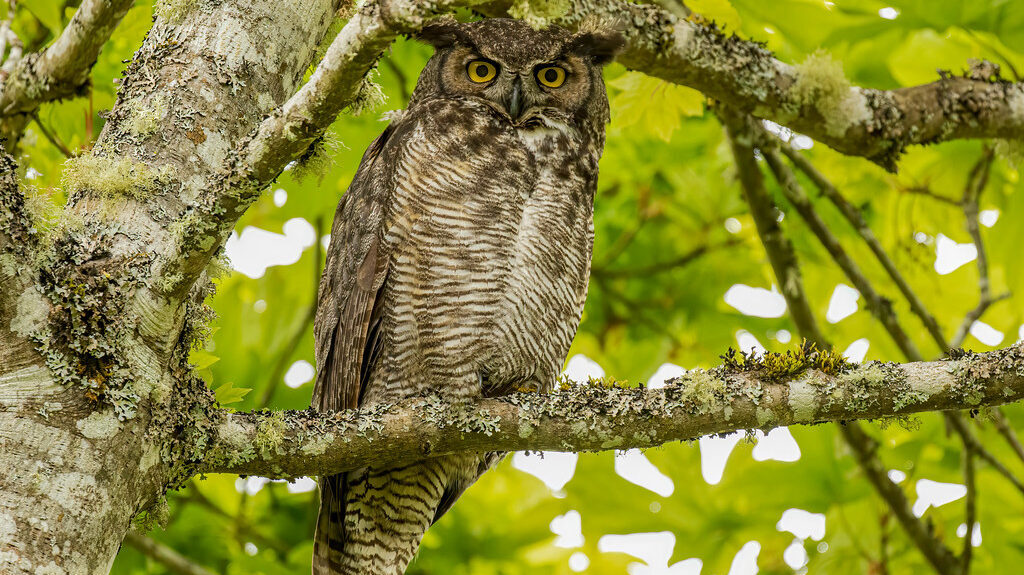
Understanding the typical nesting seasons for birds in your geographic area can help you recognize when to look for nesting activity. In most temperate regions, the primary nesting season runs from early spring through mid-summer, though exact timing varies by species and climate. Early nesters like great horned owls may begin as early as January or February, while other species might not start until late spring. Some birds, particularly in warmer climates, may produce multiple broods throughout the season. Migration patterns also influence nesting activity, as many migratory species return specifically to breed and nest. By learning the typical timing for common species in your area, you can better anticipate and recognize nesting behaviors when they occur.
Respecting Nesting Birds in Your Yard

Once you’ve identified nesting activity in your yard, it’s important to respect these feathered families by giving them appropriate space and protection. Avoid using pesticides in your yard during nesting season, as these can be toxic to birds and reduce the insect population many birds rely on to feed their young. Consider temporarily adjusting yard maintenance activities like pruning or mowing in areas close to active nests until after the young have fledged. Keep pets, particularly cats, away from areas where nests are located or where fledglings might be learning to fly. Federal laws in many countries, including the Migratory Bird Treaty Act in the United States, protect most native birds and their nests, making it illegal to disturb or remove active nests. With thoughtful consideration, you can enjoy the privilege of hosting nesting birds while ensuring their safety and success.
Conclusion
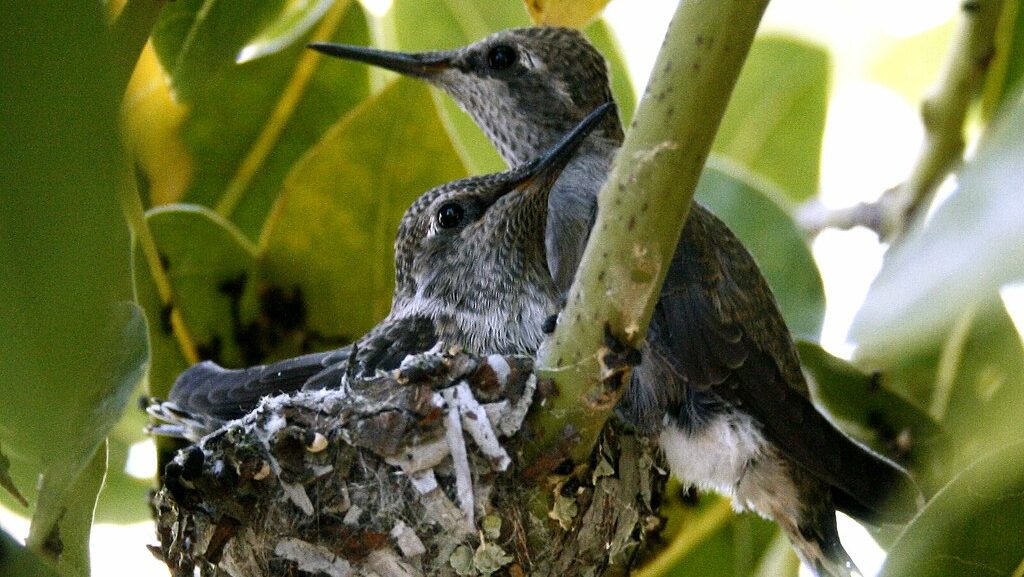
Discovering that birds have chosen your yard for nesting is both a privilege and a responsibility. By learning to recognize the signs of nesting activity—from material gathering and territorial behavior to feeding patterns and fledgling presence—you can become a more informed observer of the natural world right outside your door. This awareness not only enhances your connection to local wildlife but also allows you to take appropriate measures to protect and support these nesting families. As you witness the full cycle from nest building to fledging young, you’ll gain a deeper appreciation for the remarkable parenting behaviors and survival strategies of our avian neighbors. Your yard, when managed with birds in mind, can become an important sanctuary for generations of nesting birds in your community.
